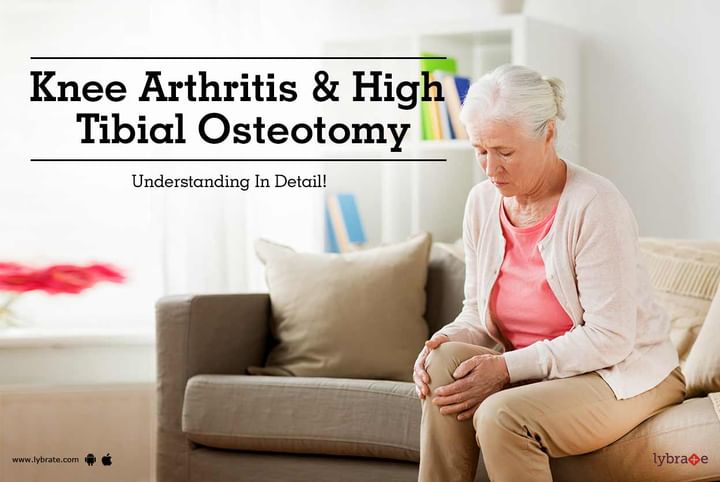Knee Arthritis & High Tibial Osteotomy - Understanding It In Detail!
What is arthritis of the knee?
The knee acts as hinge joint and allows flexion (bending) and extension (straightening). The knee is formed by the tibiofemoral joints, where end of the femur (thigh bone) glides over the top of the tibia (shin bone) and the patellofemoral joint where the kneecap glides over the end part of the femur. The gliding surfaces of the knee are covered with articular cartilage which helps the joint to glide smoothly. Over time the articular cartilage can become damaged or 'worn away' and this is known as osteoarthritis.
What is medial compartment arthritis?
Most people with knee arthritis have predominantly pain in the inner aspect of the knee, which is due to medial compartment arthritis. Patients who are born with varus knees (bow legs) are more likely to get medial compartment osteoarthritis. This is because the weight of their body mainly passes through the medial compartment of the knee rather than spreading the load evenly between the whole gliding surface of the knee.
How do you diagnose medial compartment arthritis?
ClinicaFeatures, examination findings and standing X-rays of the knee joint and the patello-femoral joint are needed to diagnose medial compartment arthritis. The X-ray will often show narrowing of the joint space in the medial compartment of the knee which suggest that a patient has medial compartment osteoarthritis. Long Leg standing X-ray of the whole of both of both legs from the hip joints to the ankle joints ( Fig 2), allows us to carefully examine the overall alignment of your legs. They help to calculate the weight bearing axis of your leg and find out where most of the force is passing through your knee joint. MRI would be done too, to assess degree of cartilage damage. It is imperative to know status of other structures in the knee like meniscus and ligaments.
Non-operative treatment
Some patients are advised for a type of knee brace known as a medial offloading brace to trial. To a certain extent this mimics the result of osteotomy surgery by pushing the leg into a more normal alignment and taking the pressure of the damaged medial compartment. This is usually only a temporary solution whilst waiting for surgery. Patients who are overweight often find their knee pain is significantly improved when they lose weight. Simple analgesia such as paracetamol together with etodolac can help with pain and sleep disturbance form the pain.
Who requires surgery?
People suffering from growing cartilage lesions resulting in pain and activity restriction with proved mechanical axis deviation as the cause, would benefit from surgery. Age and extent of cartilage wear determine the nature of surgery. Younger individuals with smaller lesions are good candidates for a joint preservation surgery in the form of a High Tibial Osteotomy. With advancing age and extent of disease, Arthroplasty would be a
more beneficial option.
In case you have a concern or query you can always consult an expert & get answers to your questions!



+1.svg)
